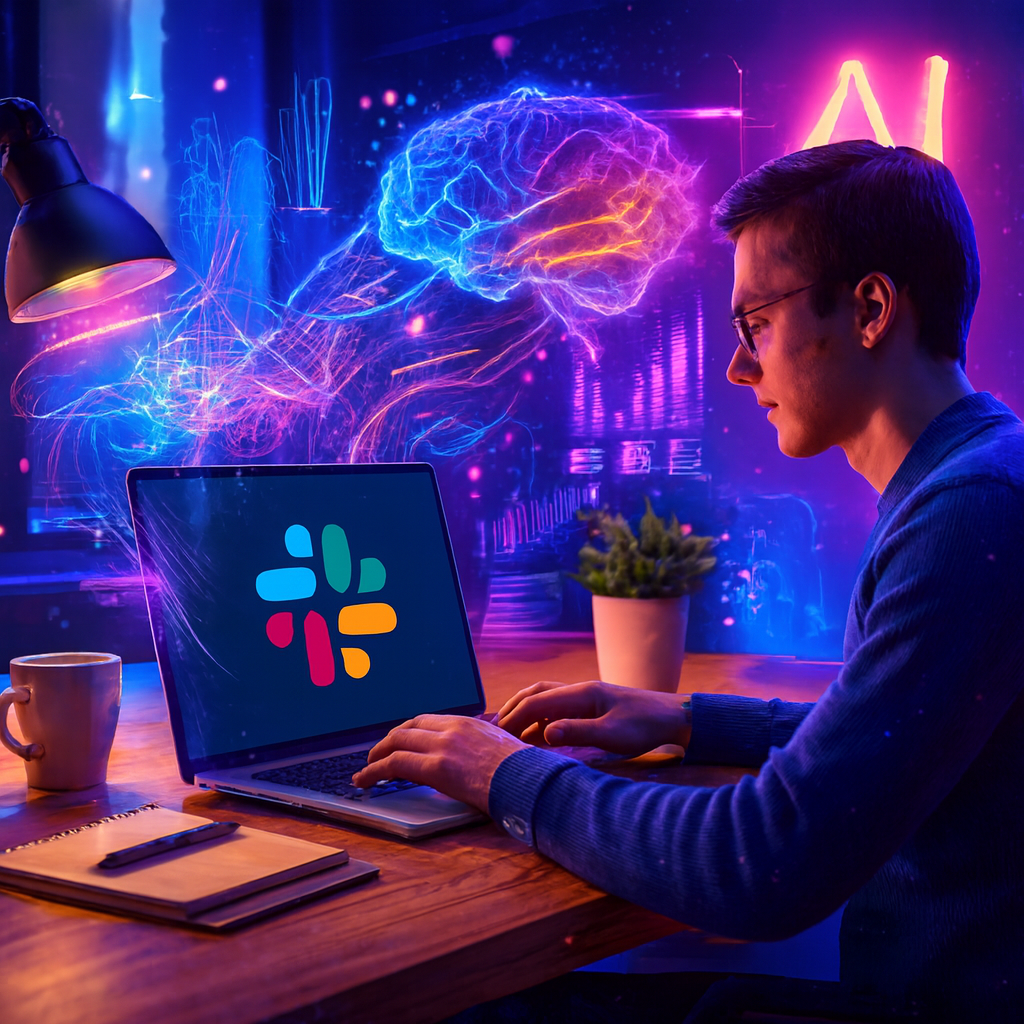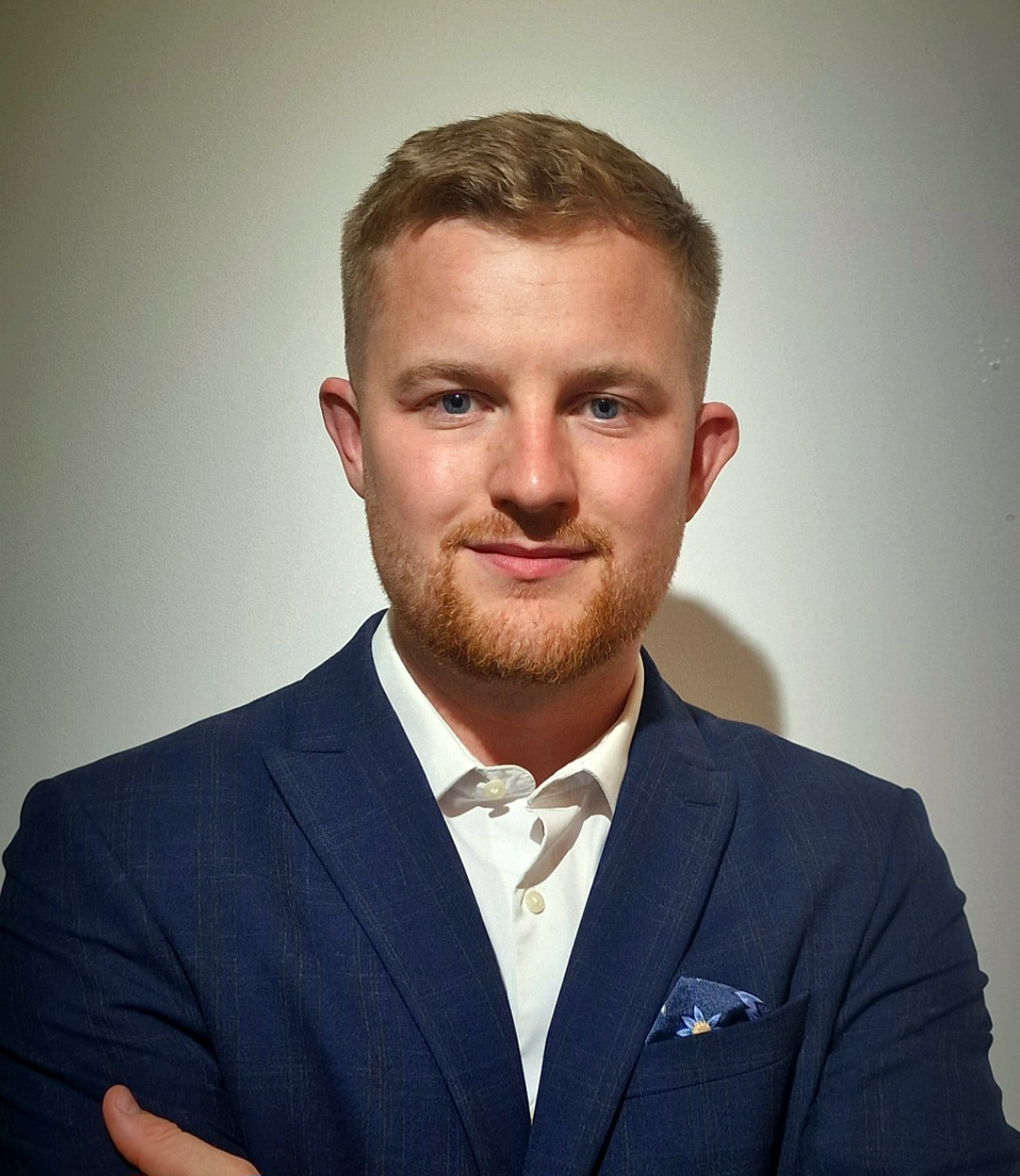- Putting AI directly into Slack delivers instant help where people already work.
- Early agents are already saving time: HR questions answered instantly, content kept on brand, and sales finding case studies in seconds.
- The payoff is over $400K in productivity gains, with a future where dashboards disappear and Slack becomes the single place to ask for answers.
- The key is clean data and practical AI solutions that solve real problems, not flashy platforms no one adopts.
Discover how CloudGeometry boosts productivity by embedding AI agents directly in Slack, streamlining HR, content, and sales operations.
Consulting firms everywhere talk about digital transformation. Most still run on email chains and spreadsheets. At CloudGeometry, we decided to practice what we preach, and it's paying off in ways that surprised even us.
When Slack and Salesforce featured our internal AI implementation as a case study, they called it "building an AI-first future." But here's what that actually means: we're systematically eliminating the friction that slows teams down, and we're doing it by meeting people where they already work.
The $400K Question Hidden in Your Slack
Here's a number that should make every CEO pay attention: if 100 employees each waste just 30 minutes daily on repetitive questions, finding documents, checking policies, hunting for case studies, that's 12,500 hours annually. Typical engineering rates? Say, easily $400,000+ in lost productivity?
Sure, there are lots of stumbling blocks to "productivity". The real cost isn't just time. It's the ideas that evaporate when your best minds are answering "where's the Q3 deck?" for the fifth time this week.
Why Slack Was the Only Logical Choice
We could have built a shiny new AI portal (we piloted one, and our best minds concluded the time was not right). We could have required training sessions and change management initiatives. Instead, we asked ourselves one question: where does real work actually happen?
The answer was obvious. Our teams live in Slack. It's where hard questions get asked, decisions get made, problems get solved, and collaboration happens naturally. Adding AI agents directly into Slack channels meant zero adoption friction. No new logins. No context switching. Just intelligent assistance exactly where people already are.
As our Chief AI Officer, Nick Chase, puts it: "Everyone knows how to use Slack. That's why putting AI agents there makes them instantly useful."
Examples of the Agents Transforming Our Operations
We started with three focused small implementations using Salesforce's Agentforce platform:
- The HR Agent handles the questions that flood every growing company, benefits, policies, time-off procedures. Previously, our HR team spent hours weekly answering variations of the same questions. Now, employees get instant, accurate answers, and HR focuses on strategic initiatives that actually move the business forward.
- The Content Reviewer Agent ensures every piece of external communication maintains our brand standards. Drop in a draft, get instant feedback on tone, messaging, and alignment. This isn't about replacing human creativity; it's about maintaining consistency at scale while our content team focuses on strategy and innovation.
- The Case Study Expert Agent transformed our sales enablement overnight. When a prospect asks about our AI experience or cloud migration expertise, sales doesn't hunt through folders or ping marketing. They ask the agent and instantly surface relevant case studies, blog posts, and proof points. Deals move faster when the right content appears in seconds, not hours. Before designing the agent, we created a POC with GPT that you can try.
Where should you start? Well, if your day job is living and breathing business problems, we have a Fundamentals Crash Course designed specifically for you. And if you are already in the trenches with AI and want to become more adept in technical understanding, we recommend our Technical Crash Course. Both of these are designed to teach you what AI Agents are, how they work, and how to build them. They include our own self-developed best practices, which we designed and integrated agents into our Slack workspace.
The Future We're Building: Death to Dashboards
Here's where it gets interesting. Our current agents are just the beginning. We're working toward something more ambitious: the complete elimination of traditional dashboards.
Why should you log into five different systems to understand project status? Why click through multiple interfaces to find what you need? Our vision is simple: ask Slack anything about your business and get intelligent answers instantly.
"Where is the Chicago office migration project?" "What's blocking our Q1 product launch?" "Show me all client feedback about our AI implementations."
Natural language queries that pull data from GitHub, Jira, HubSpot, and every other system, all without leaving Slack. As VP of Products and Services, David M Fishman explains, "Slack is the panopticon that will kill meetings in our future."
The Lesson for Every Technology Leader
The most profound insight from our journey? AI transformation doesn't require massive infrastructure overhauls or multi-year (and let's admit, optimistic) roadmaps. It requires putting intelligence where work actually happens. Focus on desired outputs and objectives. Then, pick the correct solution for your organization.
Too many organizations approach AI backwards. They build or buy elaborate platforms and hope for adoption. Sure, that would be perfectly fantastic (as in "fantasy"). Instead, find where your teams already collaborate, then make that space intelligent.
The result? What Nick calls "AI-assisted programming for everyone". Not through complex interfaces or specialized tools, but through the same Slack channels where we've always worked.
Where to get started?
We can never repeat this often enough. Focus on data first. Get your data in order to reduce the friction you need to make get AI approach rolling. This means ensuring your data gets clean, accessible, properly structured, and ready to feed into AI systems. It pays to have a comprehensive and coherent Data Engineering strategy when it comes to AI. Without this, even the most sophisticated AI tools will struggle to deliver value.
If you're less than 8/10 confident on exactly what that means for your specific situation, I'd recommend talking to one of our experts. We can explain how to get your infrastructure to fully utilize the benefits of AI, from data architecture to integration strategies that actually work in production.
If you are seeking a more collaborative space for your teams, then it’s time to take a good look at Slack and enable an agentic, scalable environment for your organization.






